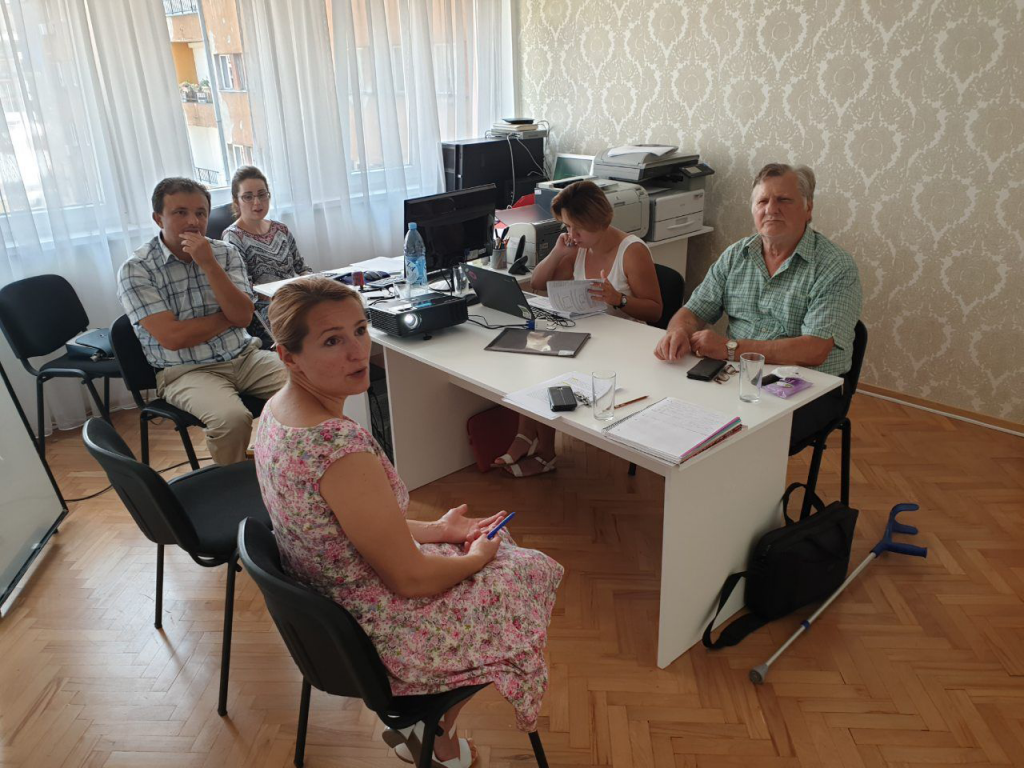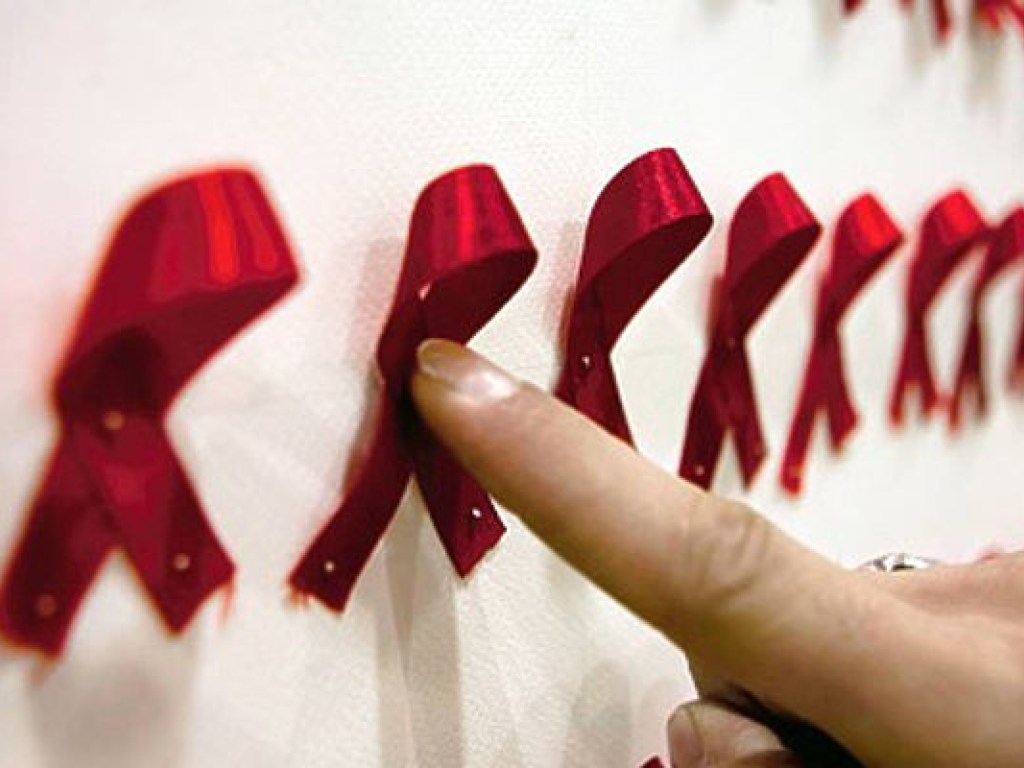Transition process from donor to national funding for HIV/AIDS programs is currently taking place in the Balkan region countries, as well as the Eastern Europe and Central Asia.
As a result of this transition, people living with HIV and representatives of key groups must be ensured that HIV-services are sustainable at the state level, which means saving lives for thousands of Balkans people. The regional #SoS_project team directed its efforts to achieve this goal with providing expert support at each stage of the transition process and in close cooperation with country partners.
The first step is to determine the necessary amount of national funding needed for key populations programs in countries.
In July-August, in Romania, Bosnia and Herzegovina, we carried out such a calculation of the unit costs of services for key population groups. Kateryna Boiko, financial manager of the Alliance for Public Health, visited several SEE countries. In collaboration with the RAAF (Romania) and the Association Partnerships in Health (Bosnia and Herzegovina) teams and in series of working meetings and consultations, they developed estimates for the unit cost of HIV-services for key groups.

Work meeting with Association “Partnerships in Health” team
“The most optimal approach for determining the necessary funding is to calculate unit cost for all KGs and use them to assess the required budget. We worked with partners in countries that provide such services to key groups, and we were able to make an optimal calculation of the cost of such services, which are currently being finalized,” said Kateryna Boiko.
“We are now in the final stage of the process, – shares in the Romanian Angel Appeal Foundation. – We are discussing with stakeholders the unit costs proposals in order to identify the best solutions sustainable and suitable for the Romanian context. Upon finalization, we will be using these unit costs for Romania Optima calculation. Also, we will be using the information in developing quality standards for services for KP and for the advocacy campaign for the national authorities. This is part of our endeavors of advocating for national allocation for key populations.»
A similar process will take place in Bosnia and Herzegovina.
Aida Kurtovic, Director of the Association Partnerships in Health: “The Global Fund’s funding of HIV programs in Bosnia has been finalized. Now we urgently need to make calculations and include funding in the national and local budgets. We’ve already passed halfway and now we’re clarifying the unit cost calculations.”
The most used approachis developing a unit cost individually for each key group and use it to estimate the needed budget. Unit cost in harm reduction program is an average сost of service provision per one person who receive services and/ or health products during the period (usually year). Unit cost per person has to include services and commodities
Below are examples of unit cost for prevention program among PWIDs in countries (excluding OST), for some GF grants.

“The unit cost in the first place depends on the package of services offered which can be both minimal commodity distribution related, as well as broader inclusive of HBV, HCV, STI testing and treatment. The cost will vary depending on salary levels in the country; as well as economies of scale have strong impact,”– said Kateryna Boiko. – “On average, when there is a transition to state funding, these unit costs are additionally “optimized”, as a rule, states are willing to pay less than international donors.”

